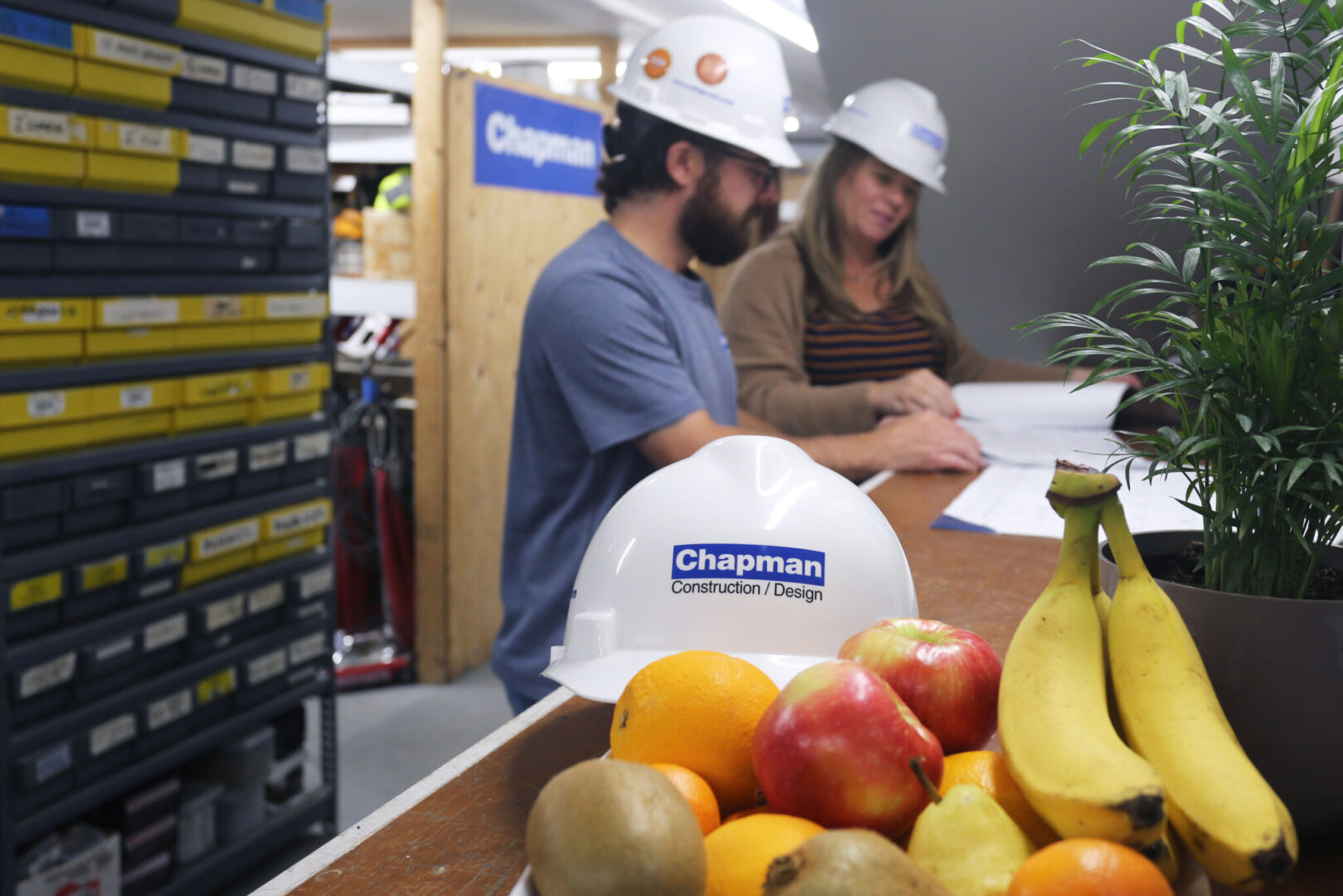This Viewpoint piece was featured in Engineering News-Record.
By: John Hyde, Director of Sustainability, and Jayce Barone, Project Manager
Sustainability, in every form, is an asset for modern construction projects. From the early days of LEED certification to the thousands of plaques now mounted on buildings nationwide, the industry has made steady progress. But the next opportunity isn’t only about certifications, it’s about how we choose to build every day.
The Contractor’s Commitment to Sustainable Building Practices provides that framework. It acknowledges that being a “green contractor” goes beyond checking boxes or building just according to drawings. It calls on contractors to address the factors most directly within our control – carbon, water, materials, waste, and workers’ well-being. The goal is simple: minimize the environmental impact of contractor and subcontractor operations while fostering a culture that supports healthier, happier people.
For clients, the benefits go well beyond waste reduction and a smaller carbon footprint. The Contractor’s Commitment opens the door to healthier material selection, stronger protections for workers, and better environments for the end-users who will occupy these spaces.
Healthcare facilities are especially well-suited to this approach. At Element Care’s Nevins campus in Methuen, Mass., Chapman Construction/Design applied the Contractor’s Commitment during a major renovation. In addition to delivering a durable and comfortable facility for Element Care, we elevated the construction experience by extending the same principles of health and comfort to the workers building the space. The project set new benchmarks, gave employees a voice in creating healthier work environments, and provided a model other healthcare providers can follow.
Achieving Worker Well-Being in Methuen
The Contractor’s Commitment calls on signatories to integrate sustainable practices on every project, regardless of client requirements. Being a signatory means a firm is truly a green contractor, not one that just happened to work on a “green” job. It’s about closing the gap between design and construction and improving the day-to-day work environment on the jobsite.
On the Element Care project, Chapman implemented practices that improved sustainability throughout the process, not just at completion. Examples include:
- Carbon reduction: The team tracked both fuel usage and the embodied carbon of building materials. An anti-idling plan was rolled out to Chapman staff and subcontractors, while fuel usage between the office and jobsite was also logged. To reduce travel impact, Chapman provided hybrid and electric cars for our project manager’s transportation and also worked with subcontractors to encourage carpooling to help limit the number of vehicles driving to and from the site every day.
- Employee wellness: An Indoor Air Quality (IAQ) plan was developed and IAQ was actively measured during construction. Employees had daily access to fresh fruit and drinking water. Dedicated tables were installed to give workers a place to sit and eat comfortably. Live plants and artwork were placed in interior spaces, creating a more engaging and healthier jobsite environment.
- Waste and water management: The team limited unnecessary water usage on site and set up dedicated dumpsters to maximize recycling and waste diversion. A detailed tracking plan was implemented to monitor both water consumption and waste streams throughout the project.
- Materials management: Chapman worked with Element Care to evaluate Environmental Product Declarations (EPDs) and Health Product Declarations (HPDs) to guide material selection. Healthier alternatives, such as low-VOC products, were recommended whenever possible. If a safer, more sustainable option existed, Chapman presented it to the client for consideration.
A New Way to Build Sustainably
What sets the Contractor’s Commitment apart is that it isn’t a certification; it’s a pledge. It’s a commitment by Chapman to integrate sustainable practices into our everyday construction operations. We make decisions that influence what products are purchased, how they’re used on site, and how we manage air, water, soil, waste, and worker well-being.
At Element Care, this approach meant more than delivering a high-performance project. It meant minimizing our environmental impact and improving the health of our workforce, outcomes that align directly with Element Care’s mission as a healthcare provider.
For Chapman, success isn’t measured only by budget, schedule, and building performance. It also includes the well-being of workers, the health of future occupants, and the ecological impact of construction. That’s why we’re signatories to the Contractor’s Commitment: because we believe our work should have a positive impact on people and planet. It’s the responsible way to build.


